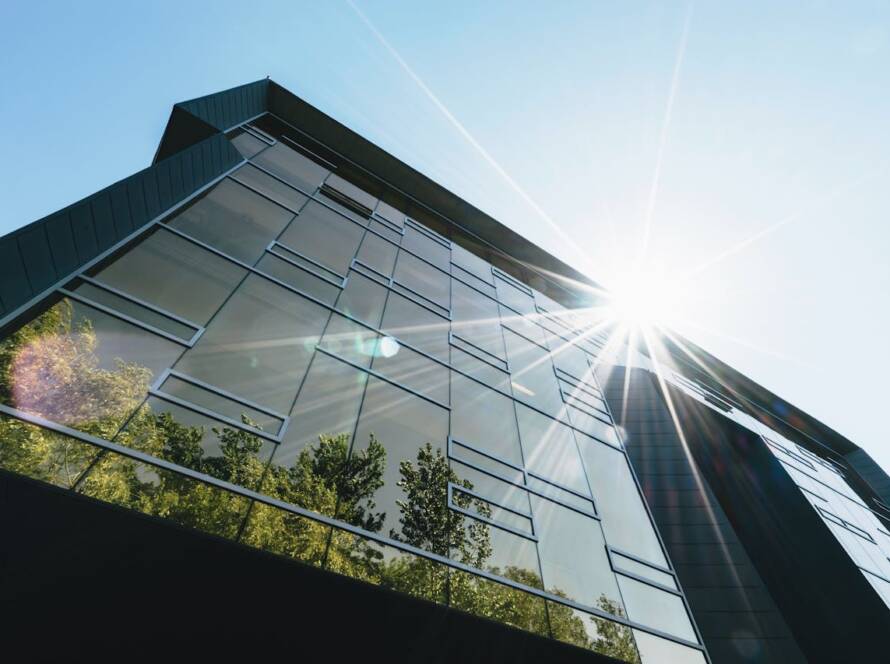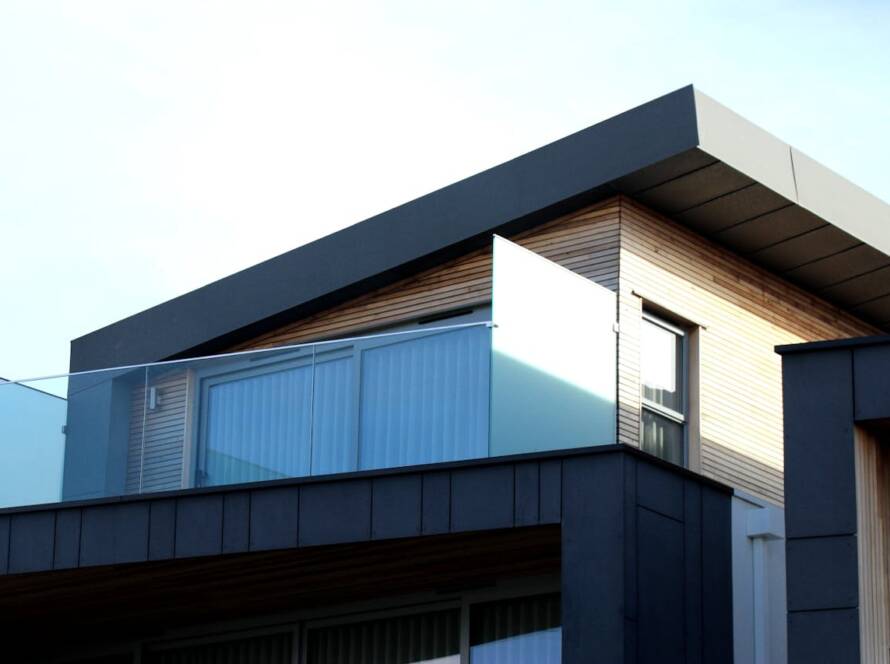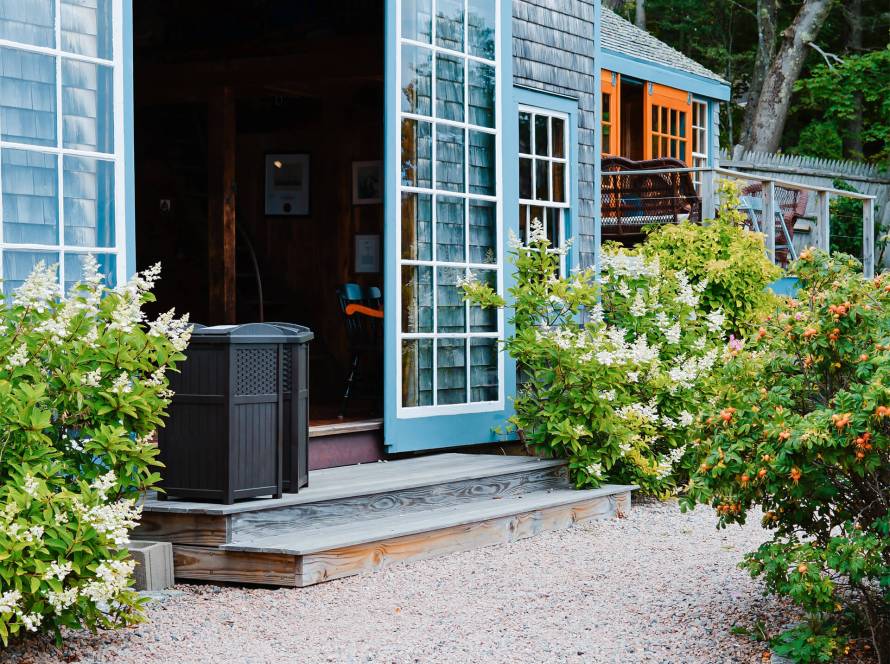Introduction
Did you know that homes with eco-friendly features can sell for up to 20% more than traditional ones?
As homeowners become increasingly environmentally conscious, sustainable design is no longer just a trend—it’s a necessity. In this, we’ll explore how eco-friendly design can enhance your home’s value and provide practical tips for making your space more sustainable.
Background on Eco-Friendly Design
The push for sustainability has transformed the real estate landscape. Homebuyers today prioritize energy efficiency, eco-friendly materials, and sustainable practices when making purchasing decisions. With rising energy costs and growing awareness of environmental issues, investing in eco-friendly design not only helps the planet but also increases your property’s market appeal. Understanding the underlying principles of sustainable design can help homeowners make informed choices that resonate with potential buyers.

Key Features That Add Value
1. Energy-Efficient Appliances
Installing energy-efficient appliances can significantly reduce energy bills, appealing to cost-conscious buyers. These appliances use less electricity and water, promoting a sustainable lifestyle while enhancing the home’s overall efficiency.
2. Sustainable Materials
Using sustainable materials, such as reclaimed wood or recycled steel, can add unique character to your home while reducing environmental impact. Buyers are often drawn to homes that showcase eco-friendly building practices and materials.
3. Smart Home Technology
Integrating smart home technology, like programmable thermostats and smart lighting, allows homeowners to control energy usage more effectively. This not only enhances convenience but also attracts buyers who value modern amenities.
4. Green Landscaping
Landscaping with native plants and sustainable practices reduces water usage and maintenance costs. Features like rain gardens and permeable paving can further enhance your home’s eco-friendly appeal.
Addressing Common Misconceptions
- Myth: Eco-Friendly Design is Expensive
Many homeowners believe that sustainable design requires a hefty upfront investment. While some eco-friendly features can be pricey, numerous options—like energy-efficient appliances—save money in the long run through lower utility bills.
- Myth: Eco-Friendly Homes Lack Aesthetic Appeal
Some individuals think that eco-friendly homes sacrifice style for sustainability. However, innovative design techniques can merge aesthetics with eco-conscious features, creating beautiful and functional spaces.

Conclusion
Investing in eco-friendly design can significantly enhance your home’s value while benefiting the environment. By incorporating energy-efficient features, sustainable materials, and smart technology, you can create a living space that is both attractive and market-ready.





